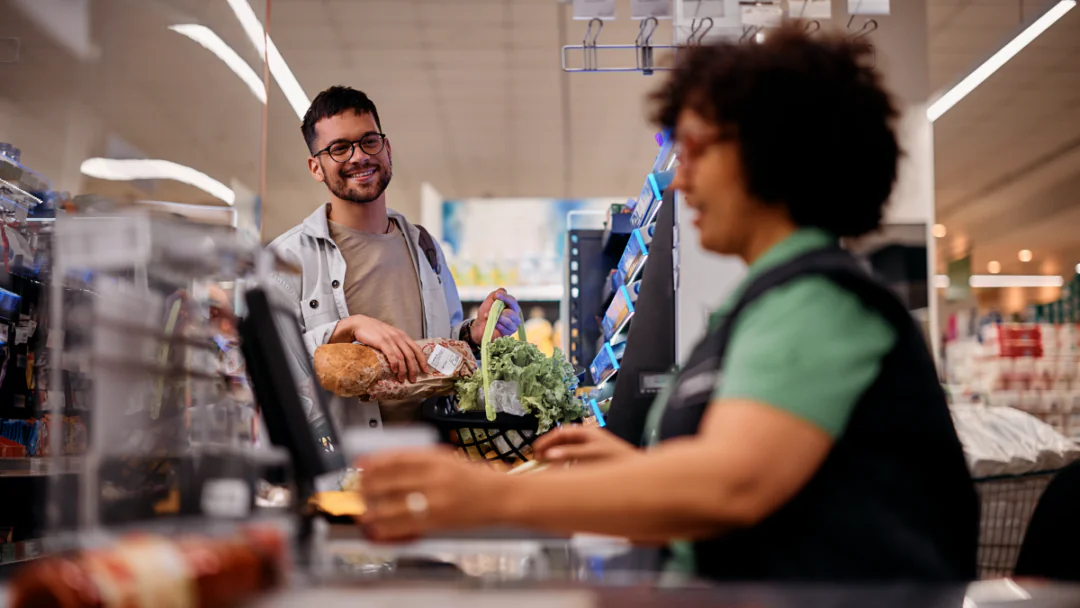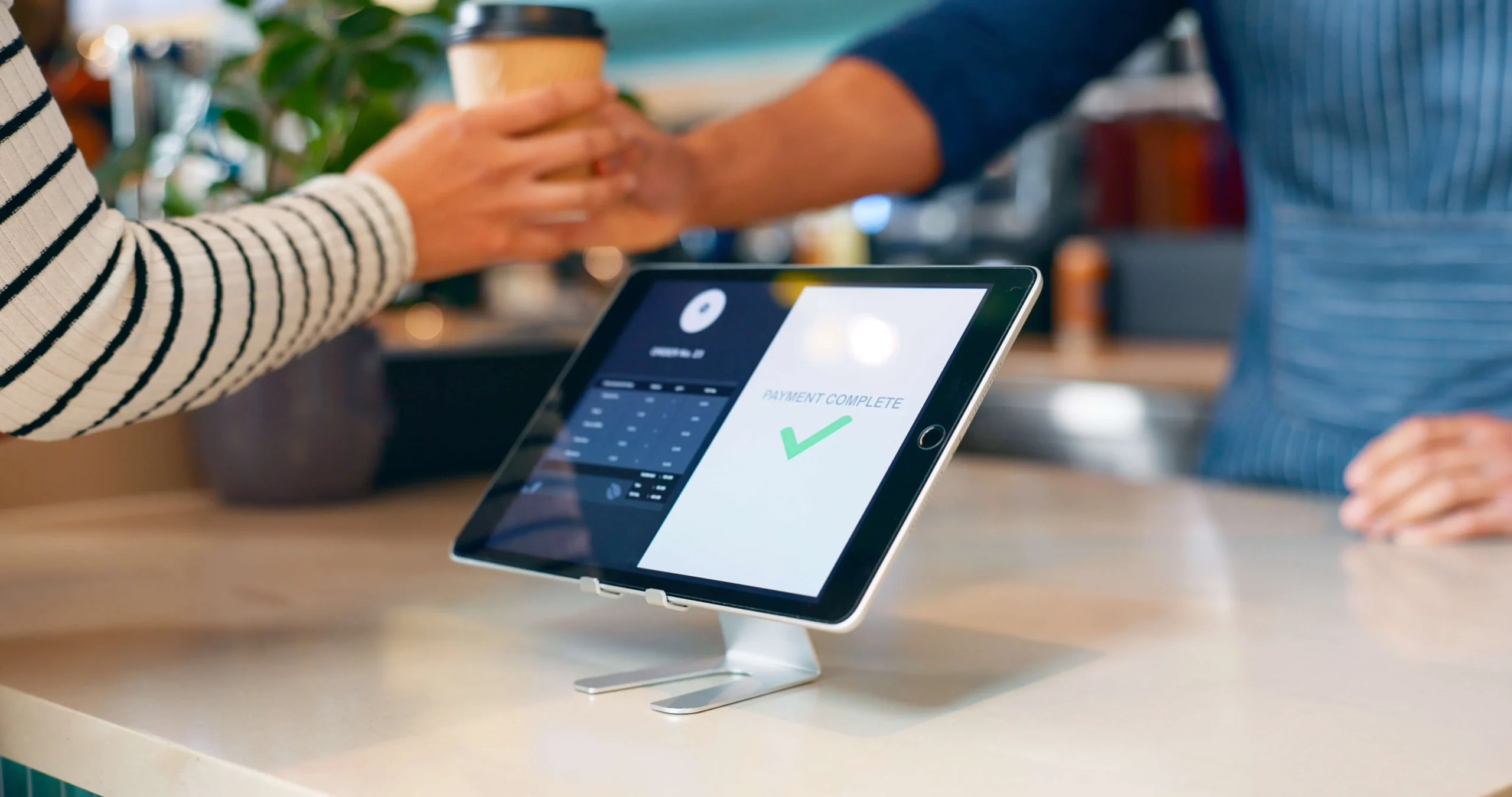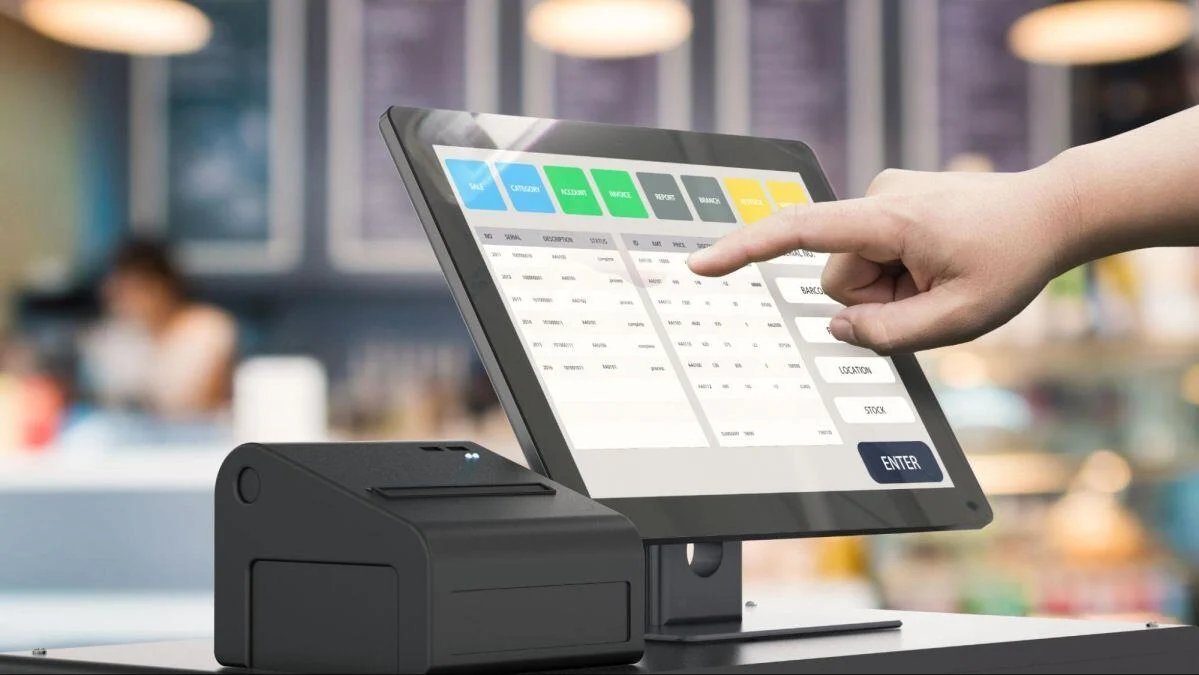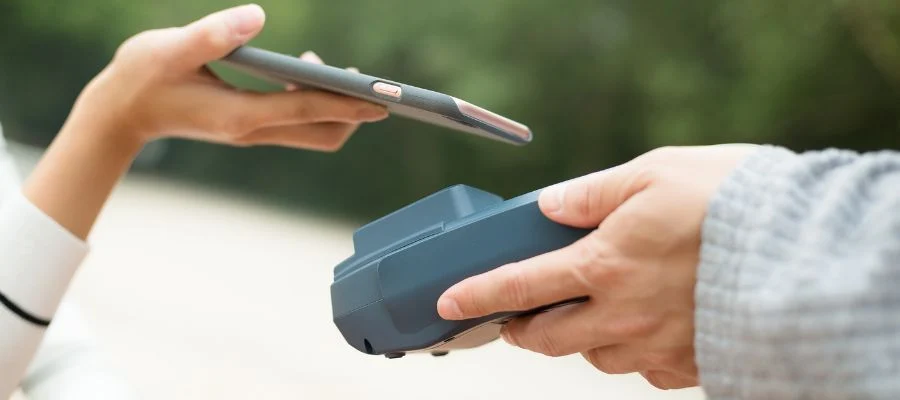How to Customize Your POS for Your Menu

Running a successful restaurant or coffee shop requires more than just great food and friendly service. One of the most overlooked yet powerful tools in your business is your POS (Point of Sale) system—especially when it’s customized to fit your menu. A well-tailored POS setup doesn’t just process transactions; it becomes a central hub for improving speed, accuracy, and customer satisfaction.
So how exactly do you customize your POS system to match your menu and workflows? Let’s break it down.
1. Organize Your Menu Logically
The first step in customizing your POS system is to lay out your menu in a way that matches how customers order and how your staff thinks.
For example:
- Coffee shops might break down the menu by drink type (hot drinks, iced drinks, blended) and then by size and flavors.
- Restaurants can categorize items by appetizers, mains, desserts, and beverages.
Make sure each section is easy to navigate. The goal is to reduce the number of taps it takes to complete an order, especially during busy hours.
2. Add Modifiers and Customization Options
Modifiers allow you to offer add-ons or customizations, which are essential in food and beverage businesses. Think of things like:
- Milk alternatives (almond, soy, oat)
- Meat temperature (rare, medium, well-done)
- Extras (extra cheese, side of fries)
With POS customization, you can create forced modifiers (required selections, like meat temperature for a steak) or optional modifiers (like extra toppings for a burger).
These options not only speed up the ordering process but also ensure consistency in how custom orders are communicated to the kitchen or barista.
3. Highlight Best-Sellers and Upsells
Your POS system should let you highlight popular or high-margin items. Use buttons with different colors, sizes, or icons to draw attention to best-sellers or daily specials.
You can also set up automatic upsell prompts. For instance, when a cashier selects a coffee, the system could prompt, “Would you like to add a muffin for $1.50?”
These little nudges increase your average ticket size without putting pressure on your team to remember every time.
4. Create Combos and Bundles
If your menu includes meal deals, combos, or specials, your POS should be able to handle them seamlessly.
For example:
- A lunch combo with a sandwich, drink, and side
- A coffee and croissant morning deal
Customize your POS to automatically apply the combo pricing when the right items are selected, saving time and eliminating manual discounts. This also ensures consistency and reduces pricing errors.
5. Adapt for Time-Based Menus
Many businesses change menus throughout the day. Coffee shops may offer breakfast sandwiches in the morning, while restaurants may have separate lunch and dinner menus.
Customize your POS to automatically switch menus based on the time of day, or allow staff to toggle between menus manually. This minimizes clutter and ensures that only relevant items appear at the right time.
6. Enable Multi-Device Syncing
Whether you’re running a small café or a full-service restaurant, syncing your customized menu across all POS devices—registers, handheld tablets, self-serve kiosks—ensures that every customer gets the same options, and every team member sees the same layout.
This is especially helpful when updating menu items or prices, as changes are pushed to all terminals in real time.
7. Use Analytics to Optimize Menu Layout
Once your POS is customized, don’t set it and forget it. Use sales reports to track which items are selling, which ones are often modified, and what’s rarely ordered.
Based on this data, you can adjust your menu layout, remove underperforming items, or change the position of popular items to speed up ordering.
Final Thoughts
Your menu is the heart of your business—and your POS should be its perfect digital partner. By customizing your POS to reflect your actual offerings, modifiers, pricing, and workflow, you’re setting your team up for faster service, fewer mistakes, and higher profits.
A well-structured POS system isn’t just a tool for transactions—it’s a smart extension of your brand and an essential part of your customer experience. So take the time to tailor it to your needs, and watch how much smoother your operations become.






